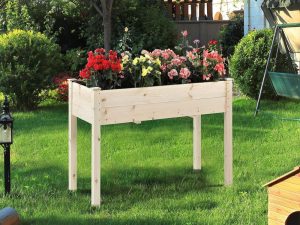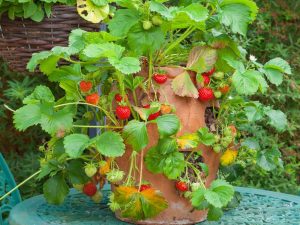
Nature is simple… it gives and it takes. Growing plants need nutrition. They take it from the soil they are growing in, depleting available nutrients.
Simultaneously, nature gives via dropped leaf matter, twigs and branches, animal and insect faeces and myriad dead carcasses of everything from gnats to elephants. It’s a virtuous cycle that has worked well for aeons.
But intensive gardening, especially our home vegetable patch, can’t wait for nature. Sure, we can mulch and add compost, but we don’t have time for that mulch and compost to breakdown to feed our annual tomato, okra, bean or herb crops. It absolutely helps, but the breakdown and release of those nutrients is a multi-year cycle.
Instead, we need to help nature by adding both organic and inorganic fertilizers to aid our shorter cycle.
In this article, we’ll address the various options available, their primary uses and the application rates.
Why Add NPK Fertilizer To Your Vegetable Garden?
Contents
Although we covered the basics above, it’s good to consider an analogy here. In the early 1950’s, the average height of an adult male in Japan was 150 centimetres (approximately 4′ 11″). Today, the average Japanese adult male is 171 centimetres (approximately 5’8″). During the same period, adult Japanese women went from 149 centimetres to 160 centimetres. The startling difference has nothing to do with genetics. It is the result of better nutrition!
To get the eggplants, zucchinis, peas, gourds, chillies and other healthy, colourful vegetables you want on your table, you need to provide the right nutrition at the right times in the growing cycle. NPK fertilizer has that right nutrient mix to give the proper growth to various crops.
What Fertilizer?
When it comes to fertilizing your vegetable garden, not all fertilizers are created equal. Different vegetables have unique nutrient needs, and understanding these can make a big difference in your harvest. NPK fertilizers are commonly labelled with three numbers, representing the ratios of nitrogen (N), phosphorus (P), and potassium (K) – often referred to as the N-P-K ratio.
Understanding N-P-K Ratios
Each of these three nutrients found in NPK fertilizers plays a unique role in plant health:
- Nitrogen (N): Essential for leafy growth and overall vigour. Nitrogen supports chlorophyll production, which is vital for photosynthesis. Vegetables like lettuce, spinach, and other leafy greens thrive on nitrogen.
- Phosphorus (P): Important for root development and flowering. Phosphorus helps plants establish strong root systems and encourages flowering and fruit production. It’s particularly beneficial for root vegetables like carrots and flowering plants like tomatoes.
- Potassium (K): Vital for overall plant health, potassium strengthens plants’ resistance to disease and supports various metabolic functions. It’s also essential for fruiting and flowering plants like cucumbers and peppers.
As an example, here’s a breakdown of the ideal NPK fertilizers for five popular vegetables:
Tomatoes
- Recommended Fertilizer: Look for a balanced NPK fertilizer or one with a higher phosphorus content, such as 5-10-5. Phosphorus supports root development and fruit production, which is essential for tomatoes.
- Application Tips: Apply NPK fertilizer when planting tomatoes and again when they begin flowering. You can also add a layer of compost around the plants to improve soil health.
Lettuce
- Recommended Fertilizer: Lettuce thrives on nitrogen-rich fertilizers, which promote leafy growth. A fertilizer with a higher nitrogen content, like 10-5-5, is ideal.
- Application Tips: Since lettuce grows quickly, it benefits from light, frequent applications of a nitrogen-heavy liquid fertilizer every two weeks during its growing season.
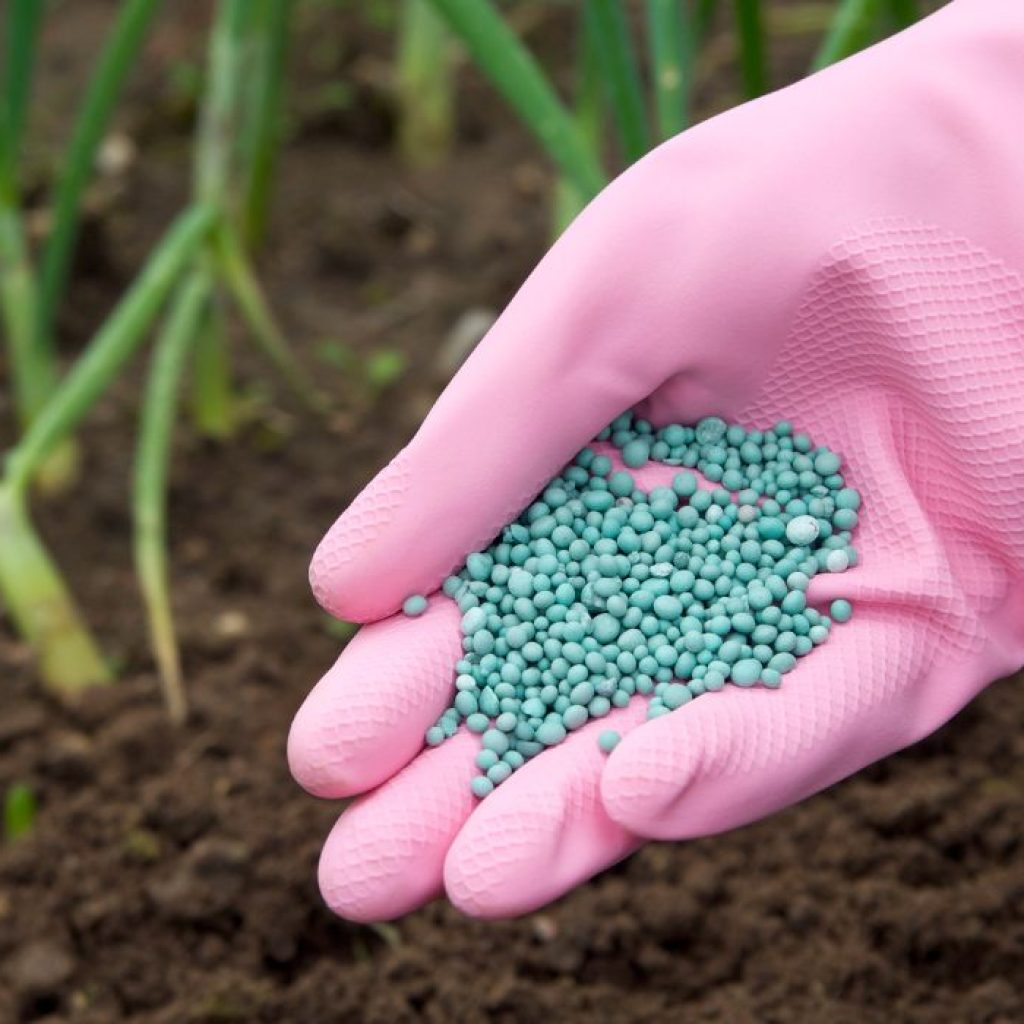
Carrots
- Recommended Fertilizer: Carrots need phosphorus to develop strong roots, so an NPK fertilizer with a ratio like 5-10-10 is usually suitable.
- Application Tips: Mix NPK fertilizer into the soil before planting, but be cautious with nitrogen, as too much can lead to excessive leafy growth at the expense of the roots.
Chillies and Peppers
- Recommended Fertilizer: Chillies and peppers require a balance of nutrients, with a slight emphasis on phosphorus and potassium. A general-purpose NPK fertilizer with an N-P-K ratio like 5-10-10 works well.
- Application Tips: Use NPK fertilizer when your plants start flowering and again when they begin fruiting. Consider using a slow-release granular fertilizer for ongoing nutrition throughout the growing season.
Cucumbers
- Recommended Fertilizer: Cucumbers benefit from a balanced NPK fertilizer with an even or slightly higher potassium content, such as 10-10-10 or 5-5-10.
- Application Tips: Apply fertilizer when planting and once more when cucumbers begin to bloom. Potassium aids in flower and fruit production, essential for a healthy cucumber harvest.
Organic vs. Inorganic Fertilizers
You can find these recommended NPK fertilizers in both organic and inorganic forms. Organic fertilizers like bone meal, blood meal, and compost provide nutrients gradually and improve soil structure. Inorganic fertilizers, on the other hand, deliver nutrients immediately but don’t contribute to the soil’s organic matter.
By selecting the right fertilizer for each vegetable, you’ll support their specific growth needs and ensure your garden produces vibrant, nutritious vegetables all season long.
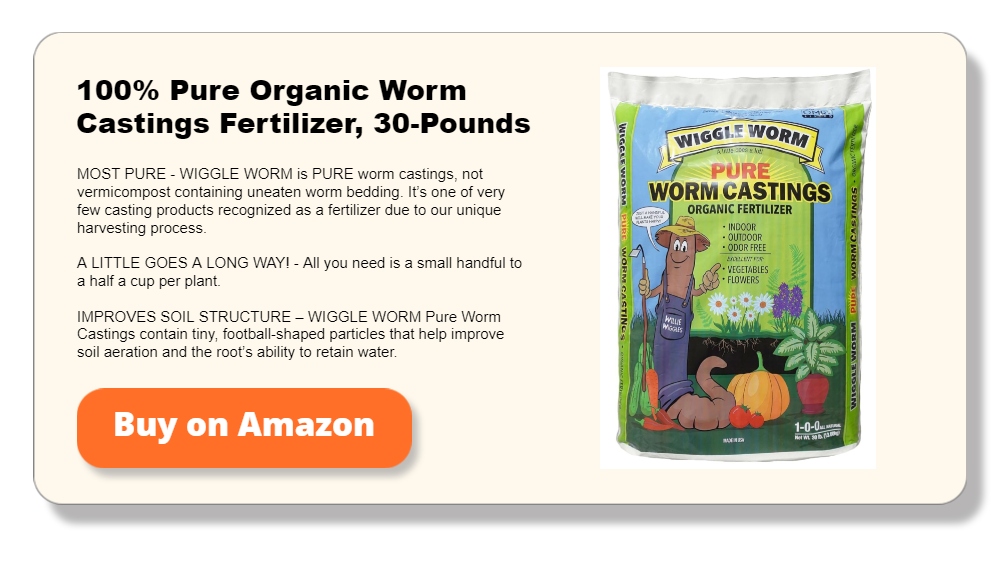
How to Fertilize
Fertilizing your vegetable garden involves more than simply adding nutrients. Choosing the right type of NPK fertilizer and knowing how to apply it can significantly affect your garden’s productivity. Let’s explore the different forms of fertilizers, their application, and key considerations for a well-rounded fertilization strategy.
Liquid vs. Solid Fertilizers
Liquid Fertilizers
- Pros: Liquid fertilizers are fast-acting, delivering nutrients directly to the plant roots or leaves, where they’re absorbed almost immediately. They’re great for giving plants a quick boost, especially during peak growth phases.
- Cons: Since they’re fast-acting, they need to be applied more frequently. Liquid NPK fertilizers can also leach out of the soil faster, especially with heavy watering or rain.
- How to Use: Liquid fertilizers are typically diluted in water and applied with a watering can or sprayer. They’re ideal for foliar feeding (spraying directly on leaves) or for quick soil drenching around the plant’s base.

Solid Fertilizers
- Pros: Solid NPK fertilizers, such as granules and powders, can offer either immediate or slow-release nutrition, depending on the formulation. They’re often more convenient for larger gardens since they require less frequent application.
- Cons: Granular fertilizers may not deliver nutrients as quickly as liquids. It can take time for solid fertilizers to break down and release nutrients into the soil.
- How to Use: Granular fertilizers are generally spread around the plant’s base and watered in. Slow-release types can be mixed into the soil at planting and release nutrients over time, reducing the need for reapplication.
‘Pick-Me-Up’ vs. Slow-Release Fertilizers
‘Pick-Me-Up’ Fertilizers
- These are quick-release NPK fertilizers, often in liquid form, designed to provide an immediate boost of nutrients. They’re particularly useful for plants showing signs of nutrient deficiency or during rapid growth stages.
- Examples include water-soluble fertilizers like fish emulsion or liquid seaweed, which provide instant nutrition and help stressed plants recover quickly.
Slow-Release Fertilizers
- Slow-release fertilizers gradually break down and release nutrients over time, supporting plants for several weeks or even months. They’re especially beneficial for plants with longer growth cycles or for gardeners who want a lower-maintenance approach.
- Examples include coated granules that dissolve slowly, compost, or organic matter, including aged chicken manure, that naturally breaks down over time, enriching the soil with nutrients.
Organic vs. Inorganic Fertilizers
Organic Fertilizers
- Organic fertilizers come from natural sources such as animal manure, compost, bone meal, and fish emulsion. They break down slowly, enriching the soil’s structure and adding beneficial microorganisms.
- Benefits: Organic fertilizers improve long-term soil health, reduce the risk of chemical runoff, and are generally safer for the environment and garden ecosystem.
- Considerations: They often release nutrients more slowly, so they may not provide an immediate nutrient boost.
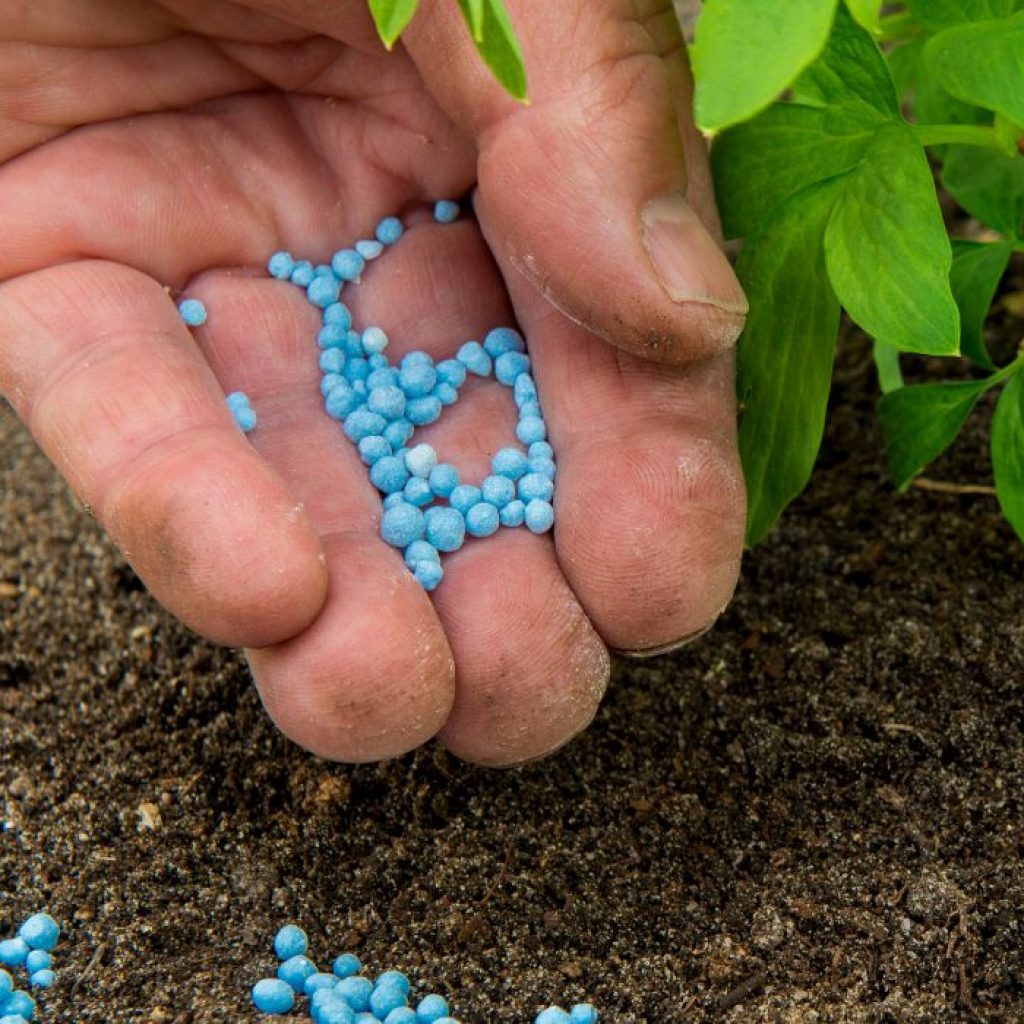
Inorganic Fertilizers
- Inorganic fertilizers, or synthetic fertilizers, are chemically manufactured to provide specific nutrient ratios. They’re available in both liquid and granular forms and can offer quick nutrient availability.
- Benefits: Inorganic fertilizers provide immediate results and precise nutrient ratios, making it easier to correct specific nutrient deficiencies.
- Considerations: They don’t improve soil structure, and if overused, they can lead to nutrient runoff, potentially harming nearby water sources and soil organisms.
Choosing the Right Fertilizer and Application Method
In many cases, a combination of these fertilizers can provide a balanced approach to garden fertilization. For example, using a slow-release organic NPK fertilizer at the beginning of the season ensures a steady supply of nutrients, while occasional applications of liquid inorganic fertilizers can give plants an extra boost during key growth phases.
By understanding the differences between these fertilizers and how to apply them effectively, you can tailor your fertilization approach to meet the unique needs of your vegetable garden. The proper plant nutrient ensures a bountiful and healthy harvest.
Vegetable Garden Q and A:
What are the primary nutrients plants need from fertilizers?
- Plants primarily need nitrogen, phosphorus, and potassium, which are often represented as N-P-K on fertilizer labels. These are considered primary macro nutrients. Most plants will also benefit from lesser amounts of calcium, magnesium and sulphur – known as secondary macro nutrients.
Can I use household scraps as fertilizer for my vegetable garden?
- Yes, items like coffee grounds, eggshells, and banana peels can provide nutrients while also benefiting the soil strucure.
What’s the difference between organic and inorganic fertilizers?
- Organic fertilizers come from natural sources, while inorganic fertilizers are synthetically made. Both provide essential nutrients but may affect the soil differently.
How often should I fertilize my vegetable garden?
- Frequency depends on the type of fertilizer used; slow-release fertilizers may only need one application, while liquid fertilizers may need reapplication every few weeks.
Are there any risks to using too much fertilizer?
- Yes, over-fertilizing can lead to nutrient imbalances, burn plants, and even harm the environment through runoff.
Is it necessary to fertilize my garden if I already use compost?
- Compost adds organic matter, but it may not provide all the nutrients that fertilizers can supply quickly.
Can fertilizers improve the taste of vegetables?
- Fertilizers can improve plant health and yield, which may lead to better flavor, but they don’t directly alter taste.
What is the best fertilizer for tomatoes?
- A balanced fertilizer or one with a higher phosphorus ratio (e.g., 5-10-5) is often beneficial for tomatoes.

How do I determine the N-P-K ratio my plants need?
- The N-P-K needs vary by plant and growth stage; leafy greens need more nitrogen, while flowering vegetables need more phosphorus and potassium.
Should I water my plants before or after applying fertilizer?
- Generally, it’s best to water after applying fertilizer to help nutrients reach the root zone and avoid burning plants.
But what about ‘chook poop’? Isn’t that a good fertilizer?
Yes, chicken manure is considered an excellent all-around fertilizer, particularly for vegetable gardens. It’s rich in nitrogen, phosphorus, and potassium, the primary nutrients that plants need. Here’s why chicken manure can be a valuable addition to your garden:
Benefits of Chicken Manure as a Fertilizer
High Nutrient Content: Chicken manure contains a well-balanced mix of nitrogen (N), phosphorus (P), and potassium (K), with a higher concentration of nitrogen than most other animal manures. This makes it particularly beneficial for leafy vegetables and plants that need a strong growth boost.
Improved Soil Structure: Chicken manure enhances soil aeration and water retention, which is vital for root health. Chicken manure also increases the organic matter in the soil, promoting the growth of beneficial soil organisms and improving overall soil fertility.
Slow Release of Nutrients: Chicken manure releases nutrients slowly, which helps to prevent nutrient burn and ensures that plants receive a steady supply over time. This makes it a suitable option for vegetables with long growing seasons.
Some Precautions When Using Chicken Manure
Composting is Required: Fresh ‘chook poop’ is very “hot” due to its high nitrogen content and can burn plants if applied directly. Composting the manure for at least six months allows it to break down and reduces the risk of burning your plants.
Pathogen Concerns: Fresh chicken manure can contain pathogens like Salmonella and E. coli. Proper composting will kill these pathogens, making the manure safe for use around edible plants.
Application Timing: Apply chicken manure in autumn or early spring to give it time to integrate into the soil before planting. Alternatively, you can apply well-composted chicken manure during the growing season without risk to your plants.
In summary, chicken manure is a nutrient-rich, versatile fertilizer that benefits a wide range of vegetables. However, it must be properly composted and applied carefully. Its nutrient profile and ability to improve soil health make it an excellent choice for most home gardens.
Interested in raising your own chickens? Here’s a whole bunch of plans for easy-to-build chicken coops.
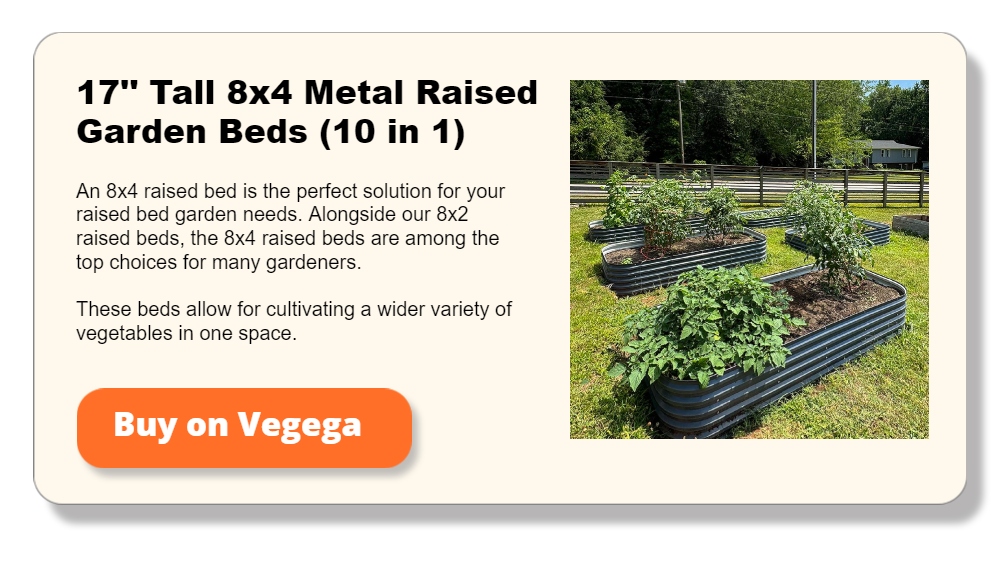
What about raised gardens to grow my vegetables?
Raised garden beds do offer some significant benefits but involve additional expense. Personally, I love not having to get down on my knees to get rid of those pesky weeds and grubs 🙂 Here are two major considerations:
The Big Plus… Better Drainage: If you have heavy soil with a high clay content you will struggle to get the quality produce you desire. If you have the time, energy and/or machinery, you can dig in copious amounts of humus and possibly, gypsum.
The alternative is to build up above the natural ground level. If you decide to pursue this option, there are many excellent raised garden kits available.
The Downside… Hidden cost: There is no question that raised garden frames are good value. However, they don’t come with soil! If you buy a 2.4 x 0.9 x 0.6 metre raised garden frame, you will need 1.3 cubic metres of soil to fill it. (For those stuck in an imperial world, that’s 8’x3’x2′ and around 46 cubic feet of soil.)
Multiply that soil requirement by the number of raised beds you want and then give your landscape supply yard a call to get your local soil price. Whoever first used the phrase ‘dirt cheap’ certainly doesn’t live here in sunny Queensland, Australia where high quality garden soil sells for around $80 per cubic metre plus delivery. (AUD$80 is currently around USD$55).
A much cheaper option is a hügelkultur garden. The trade-off is time and labour (assuming you have access to the necessary materials). I’ve used a modified hügelkultur system with my own raised gardens by using commercial frames but filling the bottom half as though I am building a hügelkultur garden and then filling the remainder with a premium garden soil!
Wrapping it up:
Even the ‘freshest’ vegetables at your local supermarket are days and sometimes, even weeks old. They may have travelled thousands of kilometres to land on your plate. When compared with vegetables picked fresh from your own garden, they are insipid pretenders.
Commercial vegetables have been grown intensively and treated multiple times with herbicides and pesticides during their growing cycle. At least you know what you have put on your garden!
Will you save money by growing your own produce? Probably not but you will be rewarded by providing your family with fresher, tastier, healthier vegetables that you have had the primal satisfaction of growing yourself!




